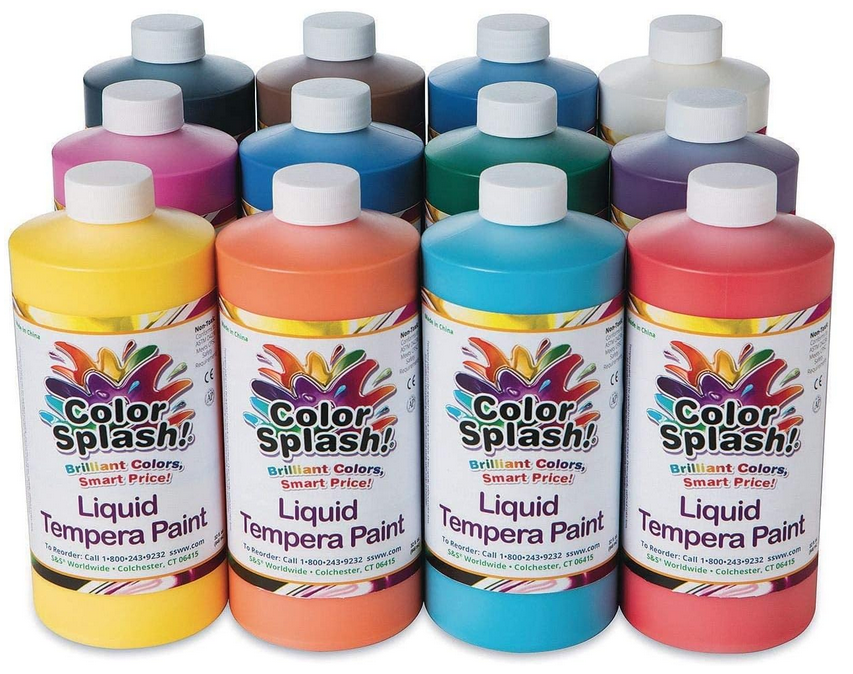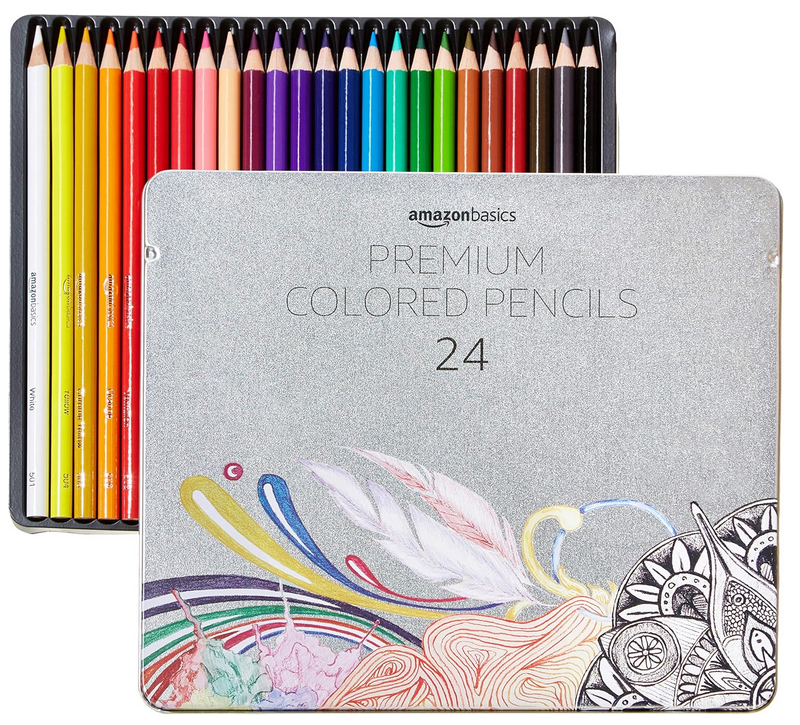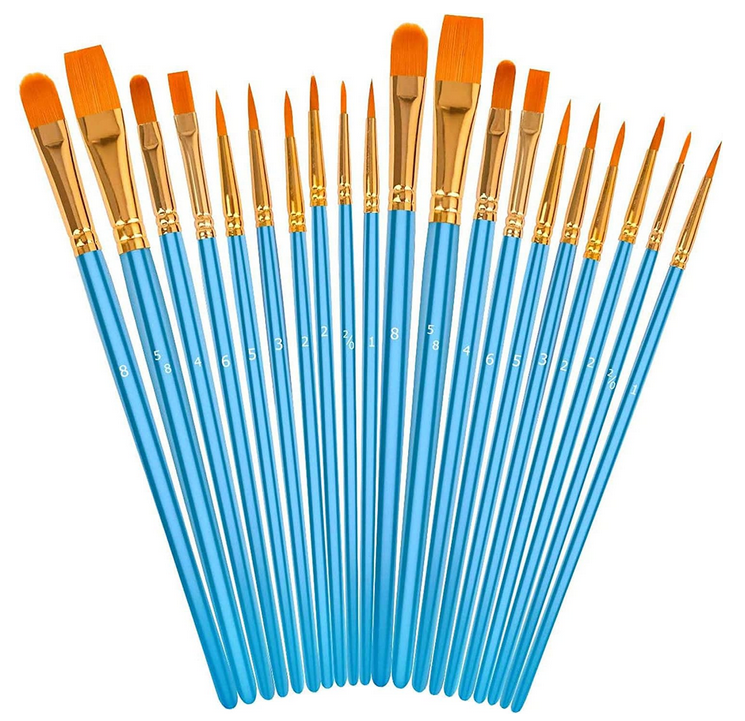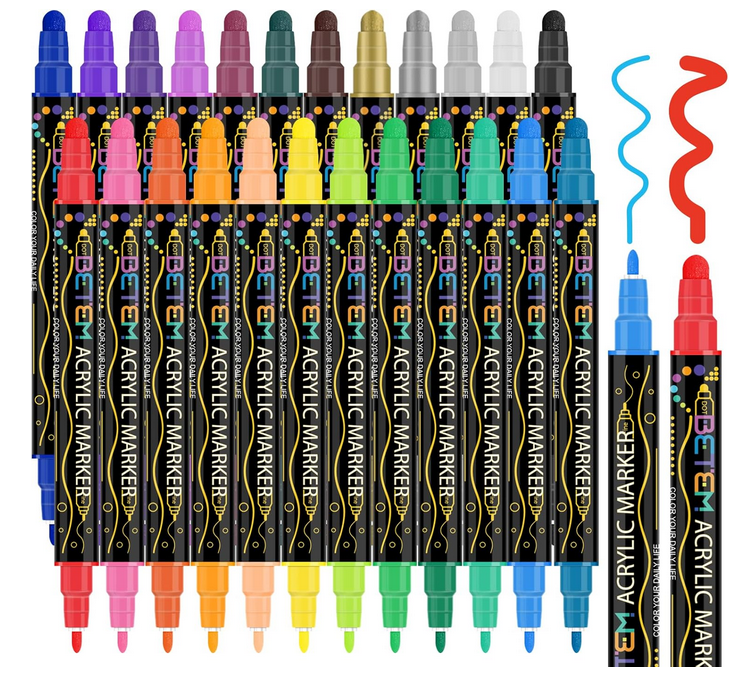- Home
- Intro to Art
- Art Careers
- What is art?
What is Art?
Is it art?
Welling up from human insight and intuition, art is larger than any definition. Art helps us communicate with others.
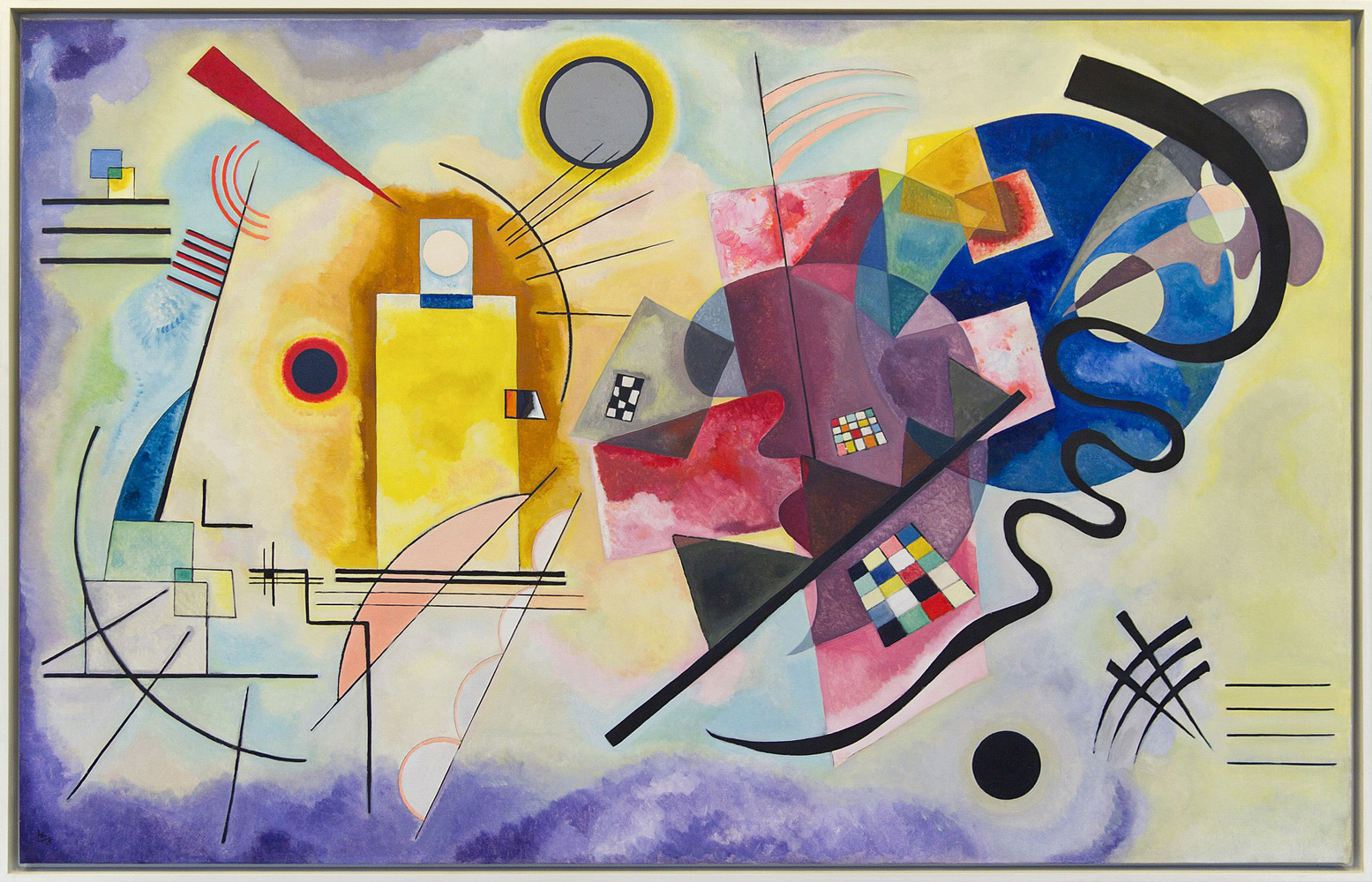 Wassily Kandinsky: Yellow Red Blue
Wassily Kandinsky: Yellow Red BlueArt experiences can be visual, performative, musical, conceptual. For this web site art is mostly considered as a visual medium: painting, drawing, sculpture.
Art is Necessary?
Humans have a tendency to give physical form to things we feel, think and imagine. We don't ask whether this is necessary; we simply proceed to do so without troubling ourselves. Human culture has throughout its history made objects and images to express our feelings - it becomes part of our society. We can say our handiwork and rituals address a need for communication and spiritual expression. For example, church art and architecture fill both a spiritual and physical need.
At its best art can
- express important values;
- meet practical needs;
- give form to spiritual expression.
The creative process and the power of art objects are valued more than the simple object.
"The arts foster the development of our inner world - the intuitive, emotional, spiritual and creative aspects of being human." (Preble, 4)
Our languages, our arts, our traditions and beliefs are at the core of who we are.
|
"Art is what you do." ~ Fidel Danieli, Art Instructor |
Purpose, Function
Communicating Information
 stained glass in church
stained glass in churchArt can make a lasting impression on broad swaths of society. Art informs literate and nonliterate people around the world. One way art is used for mass communication is through religious art. Churches, for example, depict stories form the Bible to reiterate its stories to their congregations and to the public in general. Stained glass windows in churches are a good example.
Art for day-to-day living
Everyday objects and speedy cars can be made to be appealing to the eye as well as to serve a function. Well-designed furniture, silverware, and cell phones can bring pleasure to the user as well as enhance comfort and utility. How much do artistic embellishments enhance the value of everyday objects?
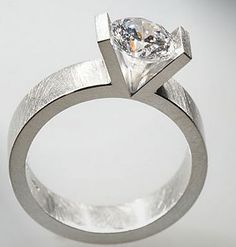 |
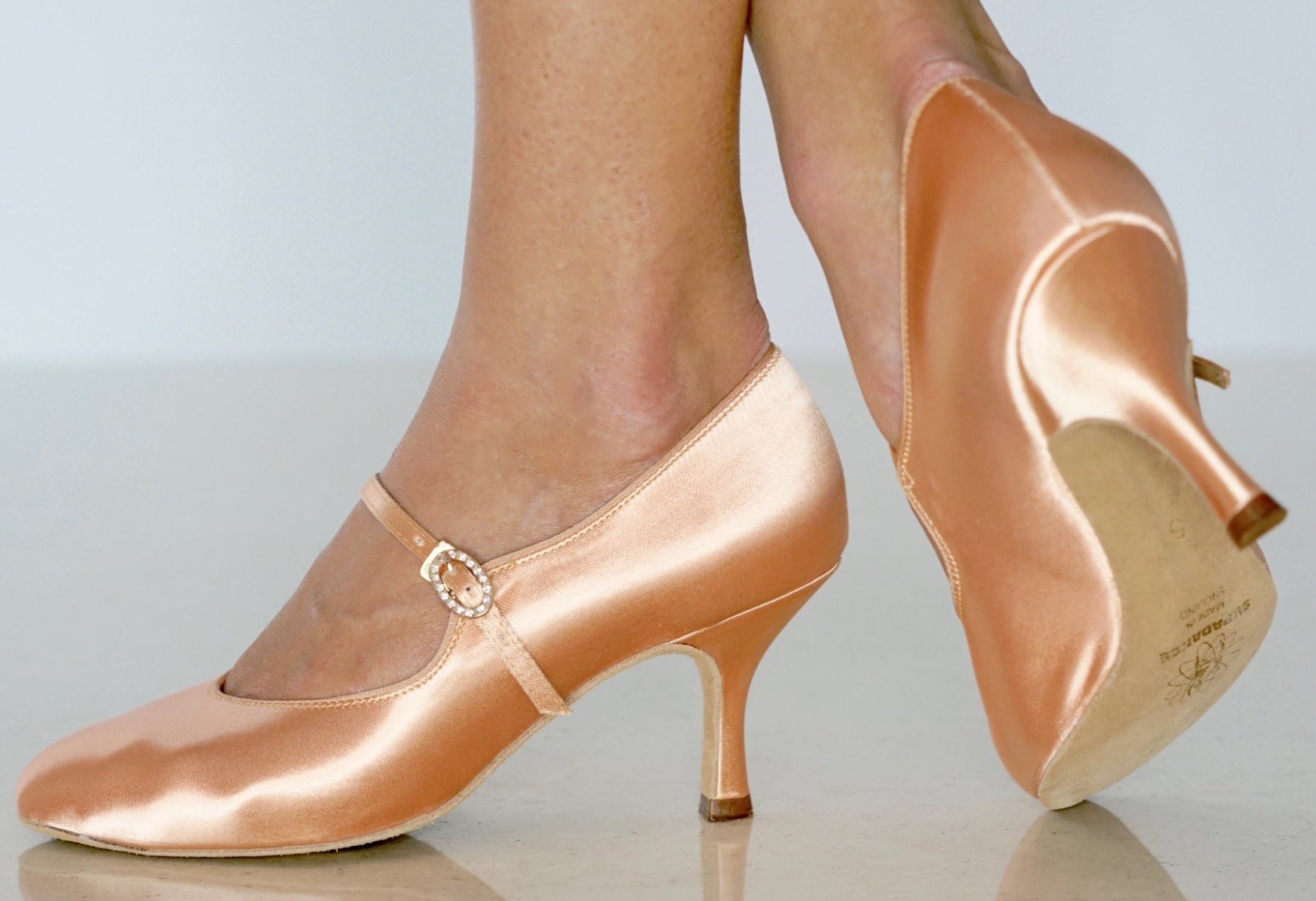 |
 |
Things people make are subject to artistic considerations in the creating process. As more and more objects are made for society in factories, print shops, and construction sites their visual form is balanced against their functionality. Professional artists and designers make decisions that will influence the lives of those around them: architects, clothing designers, hair stylists. Consumers make choices about how they want to look and how they want to live.
Art for exploring spirituality (art for spiritual sustenance) [art to feed your faith]
Art can easily have a spiritual component. The making of the world's earliest carvings and cave paintings. What prompted prehistoric peoples to carve, draw, and paint? Perhaps it was a belief in images being able to influence or control the prey of hunters. Were they recording events? Was simply the urge to create what inspired them?
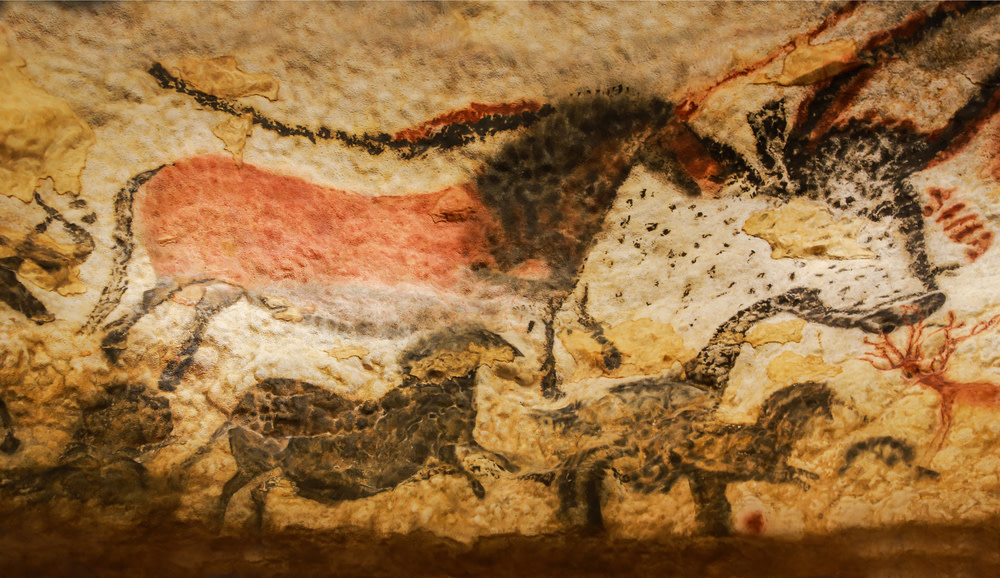 ancient cave art
ancient cave art Stonehenge, England | a ritual structure built by stone-age humans.
Stonehenge, England | a ritual structure built by stone-age humans.A series of stones surrounding a central stone, identified as an altar, is the main design element of a religious or scientific function. A quest for understanding unified a community to construct an ordered series of monumental pillars and stones whose placement align with the equinoxes and solstices of the sun. Was this religion or science or both?
Art for cultural and personal expression
Art reveals a culture, or a person. Stonehenge reveals something about the people living in England about 2,000 years ago, though much remains a mystery. Self-portrait paintings by Rembrandt reveal something of his personality, but not everything.
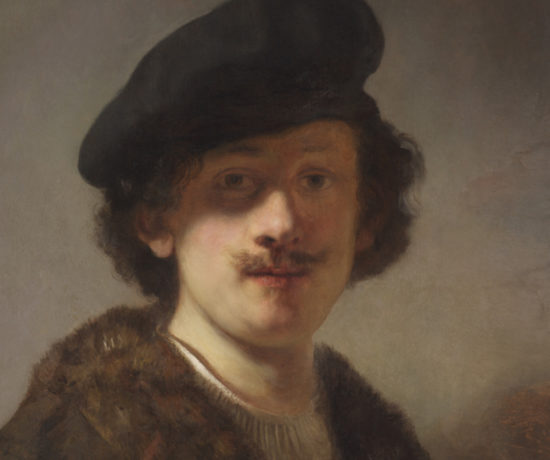 |
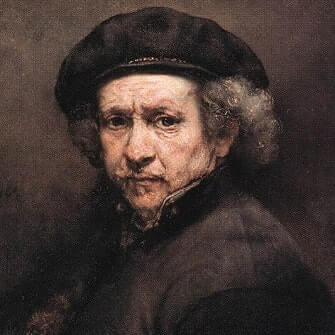 |
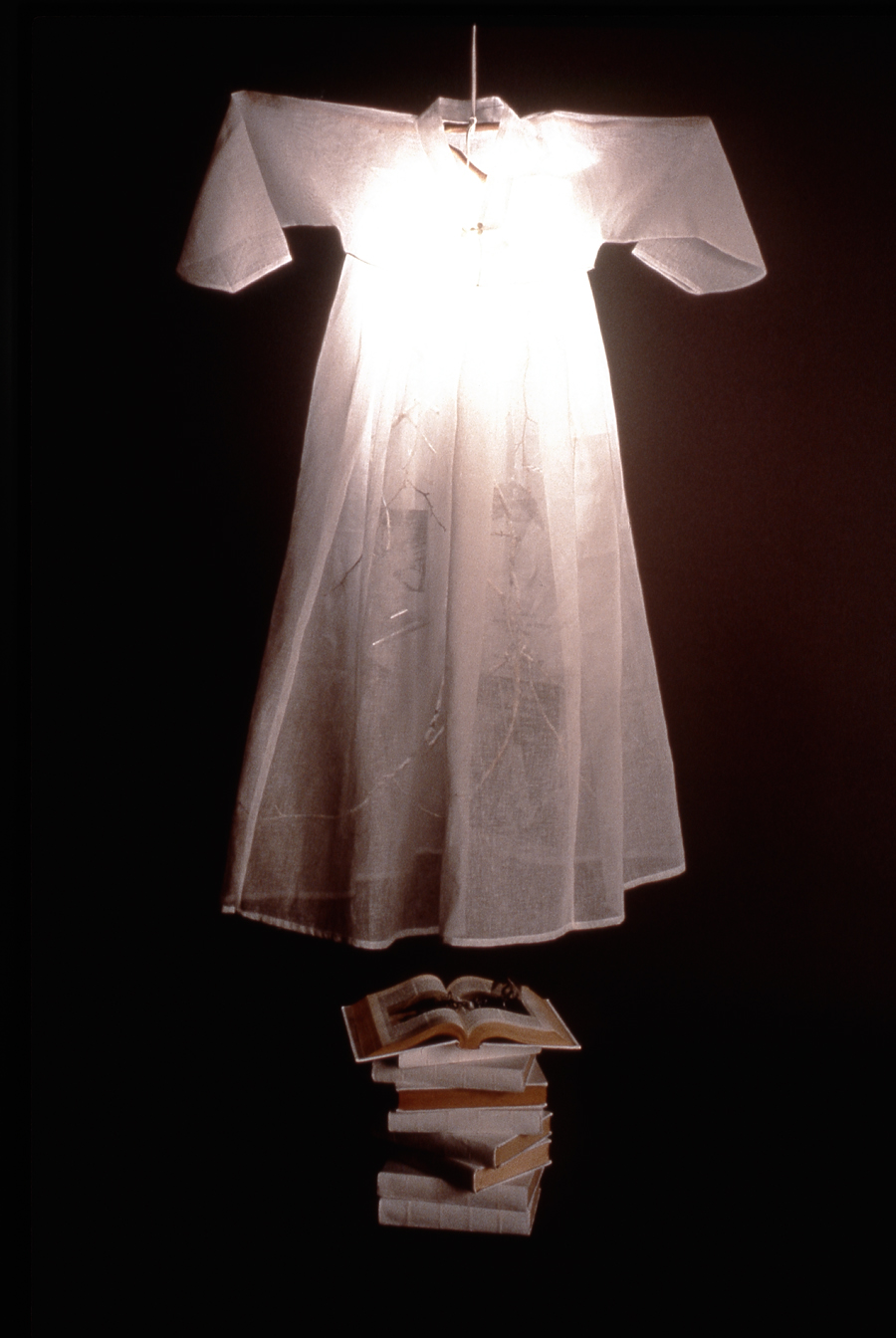 Yong Soon Min ~ Dwelling
Yong Soon Min ~ DwellingThe sense of self can also be expressed in mixed media, as by Yong Soon Min. Originally from a Korean village, born in the early 1950s, moved to California, and grew up in the USA. Her artwork expresses a dual culture, shown through her juxtaposing a traditional Korean-style dress with books, maps, and pictures.
Many people in the USA were born elsewhere and then became Americans. This artwork describes the status of many 20th and 21st century Americans.
Who will occupy the dress? Where have they traveled from?
Art for social and political purposes
Another way for art to communicate is with public, political art - in an attempt to influence public opinion or to criticize values.
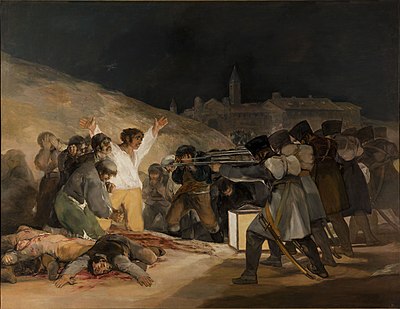 Francisco de Goya ~ El tres de mayo de 1808 en Madrid Francisco de Goya ~ El tres de mayo de 1808 en Madrid |
Six years after the 1808 incident of Napoleonic aggression, Francisco de Goya memorialized the Spanish resistance in a painting showing how pitifully they were executed. de Goya departed from conventional themes of painting, such as religious art, morals, and known depictions of war. Another example of art exposing the horrors of war is that of Guernica, by Pablo Picasso. |
Art for visual delight
Art can be pleasing on its own, without being associated with a particular person or historical event. Such art is often abstract and can put the viewer in a rapt, delighted mood.
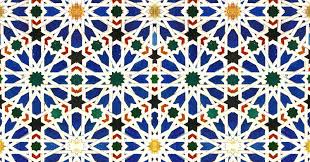
Colored mosaic tile makes a dazzling decorative display. Much of Islamic art avoids representation of humans or animals; hence much of Islamic design is abstract.
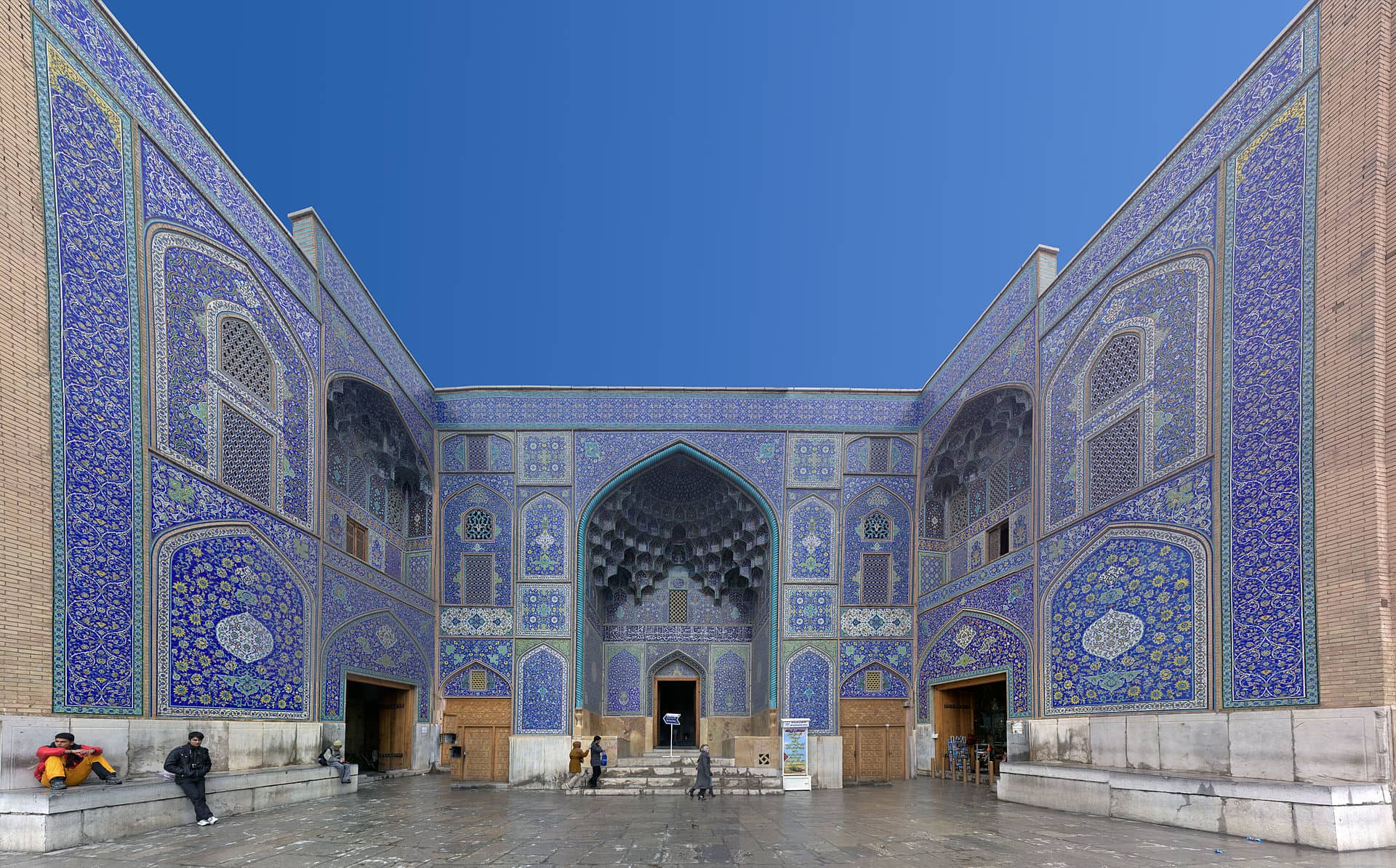 Sheikh Loft Allah
Sheikh Loft Allah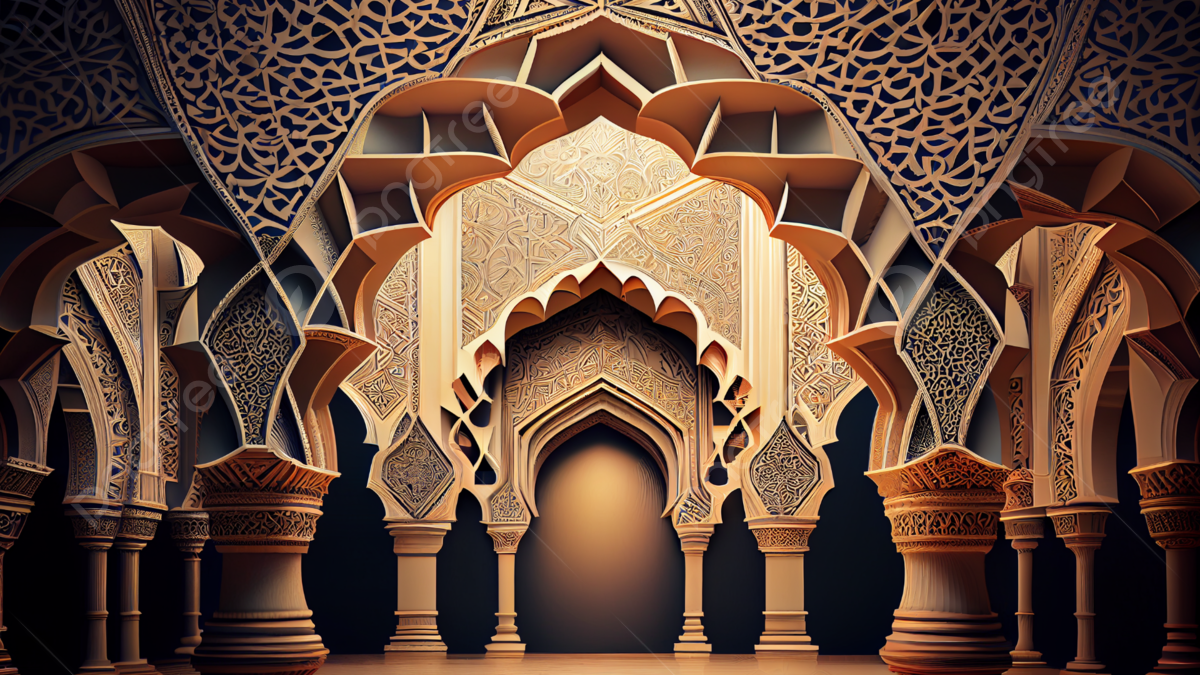 Islamic arch design
Islamic arch designAvoiding figural representation results in abstract design, even in monumental architecture.
 Blue Poles by Jackson Pollock
Blue Poles by Jackson PollockJackson Pollock's drip paintings are abstract expressionist. Pollock too avoided figurative representation. He challenged the Western tradition of using easel and brush by laying his canvas on the ground and applying paint by drips and squirts, using non-traditional painting tools, for example, sticks and a basting syringe.
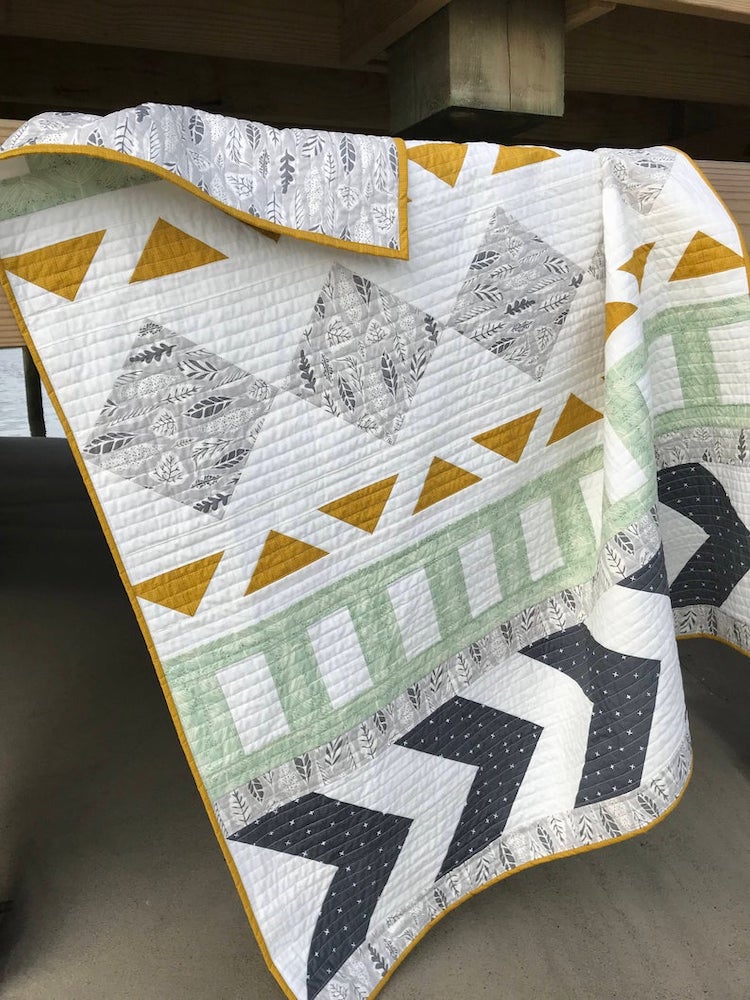
A quilt with an abstract pattern is also a form of art. Some people may think of visual interest as the first function of art, but the quilt will also keep you warm on a cold night.
Going further ...
1. Write a paragraph to define art.
2. Discuss with your classmates:
Is this art ...?
- sculpture
- painting
- singing
- tattoos
- graffiti
- a beautiful sunset
- dirty dishes
3. Write a paragraph to answer: Where do you find art in your everyday lives?
4. Write a paragraph: How can art make your life better?
5. Create a dictionary entry for the noun "art."
See also: Banksy
(Banksy is evolving! Do a Google search!)
Preble, Duane and Preble, Sarah. Artforms: An Introduction to the Visual Arts. Upper Saddle River, NJ: Pearson Education, 2004.
Okay, so now I've put on some ads from Amazon - from which I may earn a few cents. (2025)
